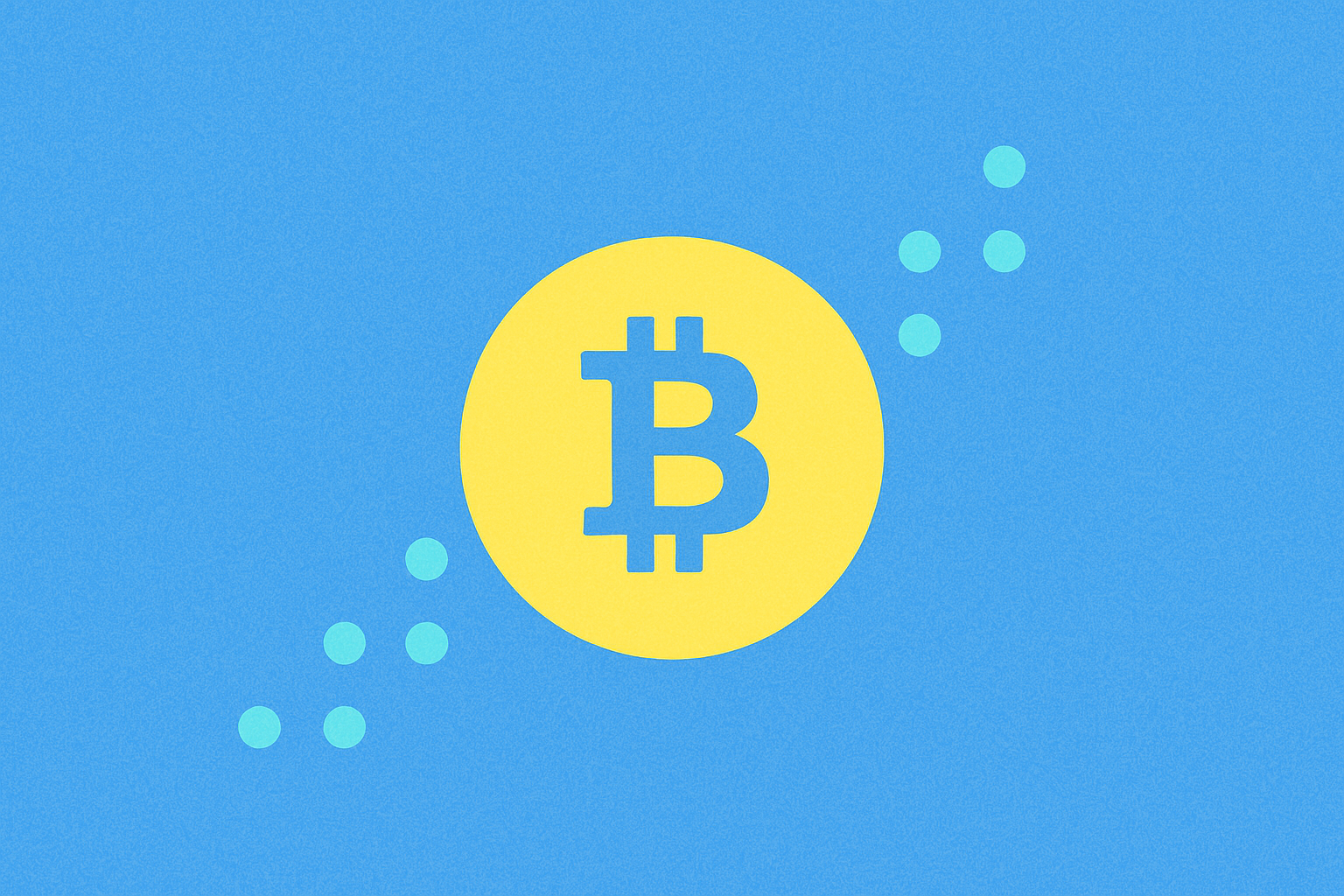2025 kripto ekosisteminde TRON'un (TRX) temel değer önerisi nedir?


TRON'un %60 küresel stabilcoin trafiğiyle stabilcoin hakimiyetine odaklanması
TRON, küresel stabilcoin pazarında baskın bir konuma yükselerek stabilcoin trafiğinin %60'ını elinde bulundurmaktadır. Bu güçlü başarı, TRON'un yüksek hızlı blokzincir mimarisiyle desteklenmekte; özellikle USDT işlemlerinde öne çıkmasını sağlamaktadır. Ağın verimliliği ve düşük işlem maliyetleri, stabilcoin transferlerinde bireysel kullanıcıların öncelikli tercihi olmasına yol açmıştır.
TRON'un stabilcoin alanındaki liderliğini aşağıdaki veriler açıkça ortaya koymaktadır:
| Metrik | TRON | Diğer Ağların Toplamı |
|---|---|---|
| Küresel Stabilcoin Trafik Payı | %60 | %40 |
| Bireysel Ölçekli (<$1.000) USDT Transferleri | ~%65 | ~%35 |
Bu veriler, TRON'un özellikle bireysel segmentte stabilcoin faaliyetlerinde belirgin bir liderlik gösterdiğini kanıtlamaktadır. Ağın hızlı ve düşük maliyetli işlem vizyonu, hem eşler arası ödemelerde hem de DeFi uygulamalarında güçlü bir stabilcoin ekosistemi oluşturmuştur.
TRON'un bu alandaki başarısı, sürekli ağ kârlılığı ve ekosistem büyümesiyle de desteklenmektedir. 30 Eylül 2025 tarihi itibarıyla TRON'un günlük aktif kullanıcılarının yaklaşık %74'ü cüzdan-dan cüzdana işlem gerçekleştiriyor ve bu oran, karşılaştırılan zincirler arasında en yüksek seviyededir. Bu istatistik, TRON'un bireysel ödeme ağı olarak kritik rolünü güçlendirmekte ve küresel stabilcoin mutabakatları için lider blokzincir altyapısı konumunu pekiştirmektedir.
Günde 8 milyon işlem destekleyen yüksek performanslı blokzincir
TRON, günlük 8 milyondan fazla işlem işleyebilen yüksek performanslı bir blokzincir olarak öne çıkıyor ve bu özelliğiyle ölçeklenebilirlik ve verimlilikte rakiplerini geride bırakıyor. Bu yüksek kapasite, TRON'u blokzincir ekosisteminde ön plana taşırken birçok rakibini de geride bırakıyor. TRON'un işlem kapasitesini diğer büyük blokzincir ağlarıyla karşılaştıralım:
| Blokzincir | Günlük İşlem Kapasitesi |
|---|---|
| TRON | 8+ milyon |
| Ethereum | ~1,2 milyon |
| Bitcoin | ~300.000 |
TRON'un yüksek işlem hacmi, blok onay sürelerini hızlandıran ve ağ verimliliğini artıran Delegated Proof of Stake (DPoS) konsensüs mekanizmasından kaynaklanıyor. Bu altyapı, DeFi ve stabilcoin sektörlerinde TRON ekosistemine çok sayıda merkeziyetsiz uygulama (dApp) ve kullanıcı çekmiştir. Ağın bu kadar büyük işlem hacmini destekleyebilmesi, merkeziyetsiz finansal hizmetlere ve token transferlerine olan talebin karşılanmasında kilit rol oynamaktadır. Sonuç olarak TRON, geliştiriciler ve kullanıcılar için ölçeklenebilir ve uygun maliyetli bir platform olarak öne çıkmaktadır.
Yönetim ve kaynak tahsisi için ekosistemin utility token'ı olarak TRX
TRX token, TRON ekosisteminde yönetim ve kaynak tahsisi için temel utility token olarak kritik bir rol üstleniyor. TRX stake eden kullanıcılar, TRON Power (TP) elde ederek ağda oy hakkı kazanıyor. Bu mekanizma, token sahiplerinin platformun gelişimi ve politika değişikliklerinde doğrudan söz sahibi olmasını sağlıyor. TRX, ağda kaynak tahsisi için de vazgeçilmezdir; kullanıcılar, işlem işleme ve akıllı sözleşme yürütme için gerekli bant genişliği ve enerji gibi kaynaklara erişmek üzere TRX stake edebiliyor. Bu model, kullanıcıların ekonomik çıkarlarını ağ sağlığı ve istikrarı ile uyumlu tutmalarını teşvik ediyor.
TRX'in TRON ekosistemindeki önemini piyasa performansı ve benimseme göstergeleri ortaya koyuyor:
| Metrik | Değer |
|---|---|
| Piyasa Değeri | $28.313.291.522 |
| Dolaşımdaki Arz | 94.664.788.264 TRX |
| 24s İşlem Hacmi | $3.157.842 |
| Sahipler | 204.094.397 |
Bu rakamlar, TRX'in yaygın benimsenmesi ve likiditesini göstererek TRON ağının işleyişi ve yönetimindeki kritik rolüne işaret ediyor. Ekosistem geliştikçe TRX, TRON'un ekonomik modelinin merkezinde kalmaya devam edecek, etkin kaynak tahsisi ve kullanıcıların ağ yönetimine aktif katılımı için temel işlev görecektir.
Benimseme ve piyasa koşullarına göre 2026'da $0,30 - $0,60 arası potansiyel fiyat aralığı
2026'da TRX'in $0,30 ile $0,60 arasında olması bekleniyor. Analistler, piyasa koşullarına bağlı olarak istikrarlı bir büyüme öngörüyor. Güncel tahminler, aşağıdaki verilere göre bu projeksiyonlarla uyumlu:
| Yıl | Öngörülen Fiyat Aralığı |
|---|---|
| 2025 | $0,20 - $0,65 |
| 2026 | $0,30 - $0,60 |
Bu potansiyel fiyat aralığı, TRX'in benimsenmesi ve piyasa performansını etkileyen çeşitli faktörleri kapsıyor. TRON ağının yüksek işlem hacmi ve kullanıcı sayısı büyüme potansiyelini destekliyor. Ayrıca, TRON'un 2022'de Dominica'nın ulusal blokzincir altyapısı olarak seçilmesi, gerçek dünyada kullanımının arttığını gösteriyor. TRON destekli merkeziyetsiz stabilcoin USDD'nin lansmanı da ekosistemini daha cazip hale getiriyor. Tüm bu gelişmeler, TRON'un piyasa değeri bakımından en üst kripto paralar arasında yer almasıyla birlikte öngörülen fiyat aralığını destekliyor. Ancak, yatırımcıların kripto para piyasalarının yüksek volatilitesinin ve gerçek fiyatların öngörülerden sapabileceğinin, beklenmedik piyasa koşulları veya düzenleyici değişikliklerin etkili olabileceğinin bilincinde olmaları gerekir.
SSS
TRX coin iyi bir yatırım mı?
TRX, dApp'ler için önde gelen blokzincirlerden biri olarak güçlü bir potansiyel göstermektedir. Yüksek işlem hızı ve büyüyen ekosistemiyle TRX, 2025'e kadar önemli bir büyüme kaydedebilir ve yatırımcılar için iyi bir getiri potansiyeli sunabilir.
TRX, 2025'te $1 seviyesine ulaşır mı?
Mevcut projeksiyonlara göre TRX'in 2025'te maksimum $0,73 seviyesine ulaşması beklenmekte, $1 hedefine ise erişemeyecektir.
TRX $1 olabilir mi?
Evet, bazı tahminlere göre TRX 2029'a kadar $1 seviyesine ulaşma potansiyeline sahiptir. Fiyat yolculuğu, piyasa eğilimleri ve gelecek gelişmelerle şekillenecektir.
TRX coin'in geleceği var mı?
Evet, TRX coin'in geleceği parlak. Artan benimsenme, teknolojik gelişmeler ve genişleyen ekosistem, uzun vadeli başarı ve değer artışı olasılığını desteklemektedir.

Zincir üzeri veriler, TRON'un DeFi alanındaki artan hakimiyetini nasıl gözler önüne seriyor?

2025 yılında on-chain veri analizi, TRON (TRX) ağındaki işlem hacmi ve kullanıcı etkinliğini nasıl gözler önüne serer?

2025 yılında On-Chain veri analizi, TRON’un ağındaki aktiviteleri nasıl gözler önüne seriyor?

Zincir üzeri veri analizi, TRON’un ağındaki faaliyetleri ve piyasa eğilimlerini nasıl gözler önüne serer?

TRON'un teknik dokümanındaki temel mantık nedir ve bu mantık TRX'in değerini nasıl etkiler?

2025 yılında zincir üstü veri analizi, TRON'un ağındaki büyümeyi nasıl gözler önüne seriyor?

Dropee Günlük Kombinasyonu 12 Aralık 2025

Tomarket Günlük Kombinasyonu 12 Aralık 2025

SEI Airdrop Ödülleri’ne Katılım ve Talep Etme Kılavuzu

Kripto para birimlerinde algoritmik alım satım için etkili stratejiler

Stock-to-Flow Model ile Bitcoin'in Değerlemesini Anlamak





